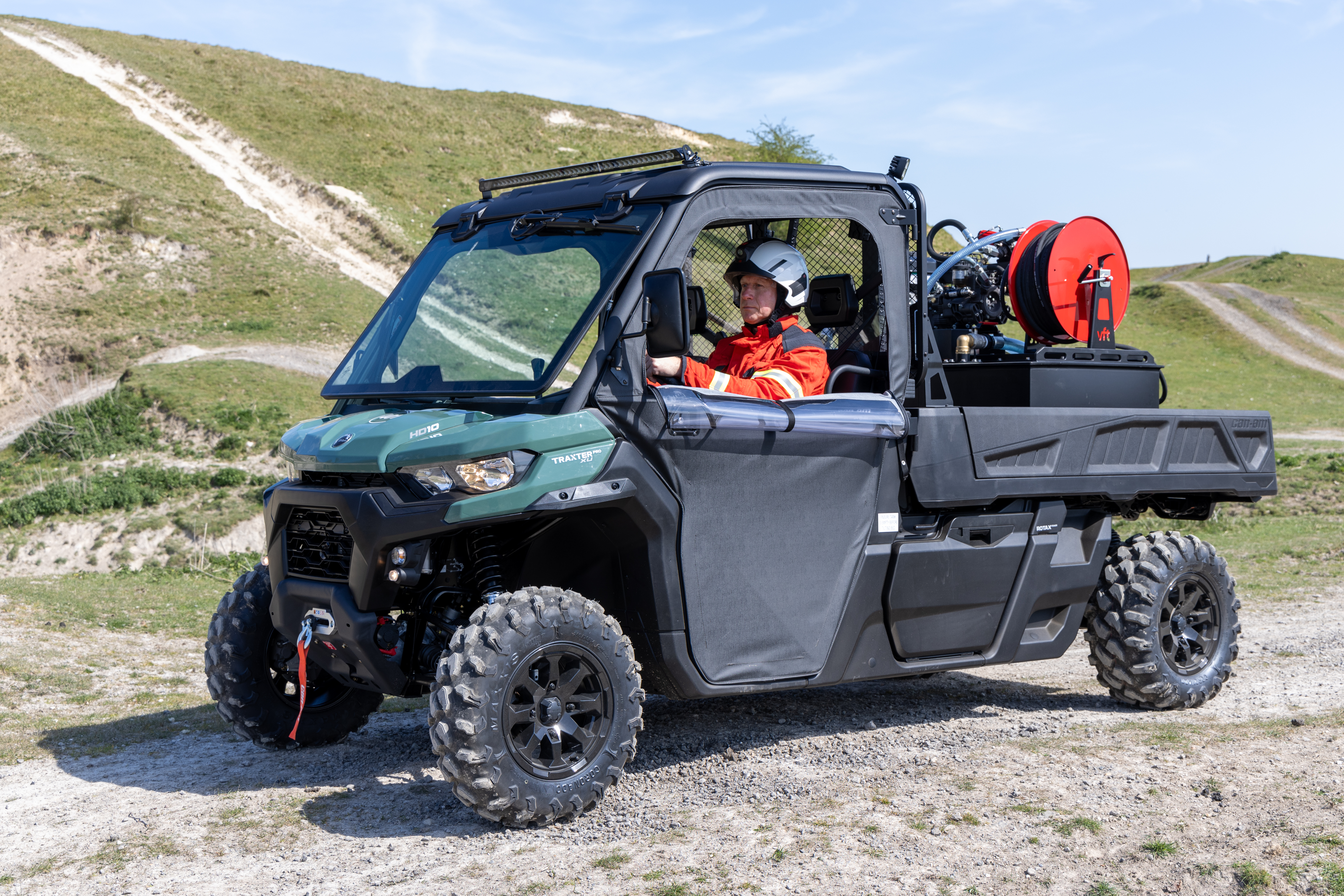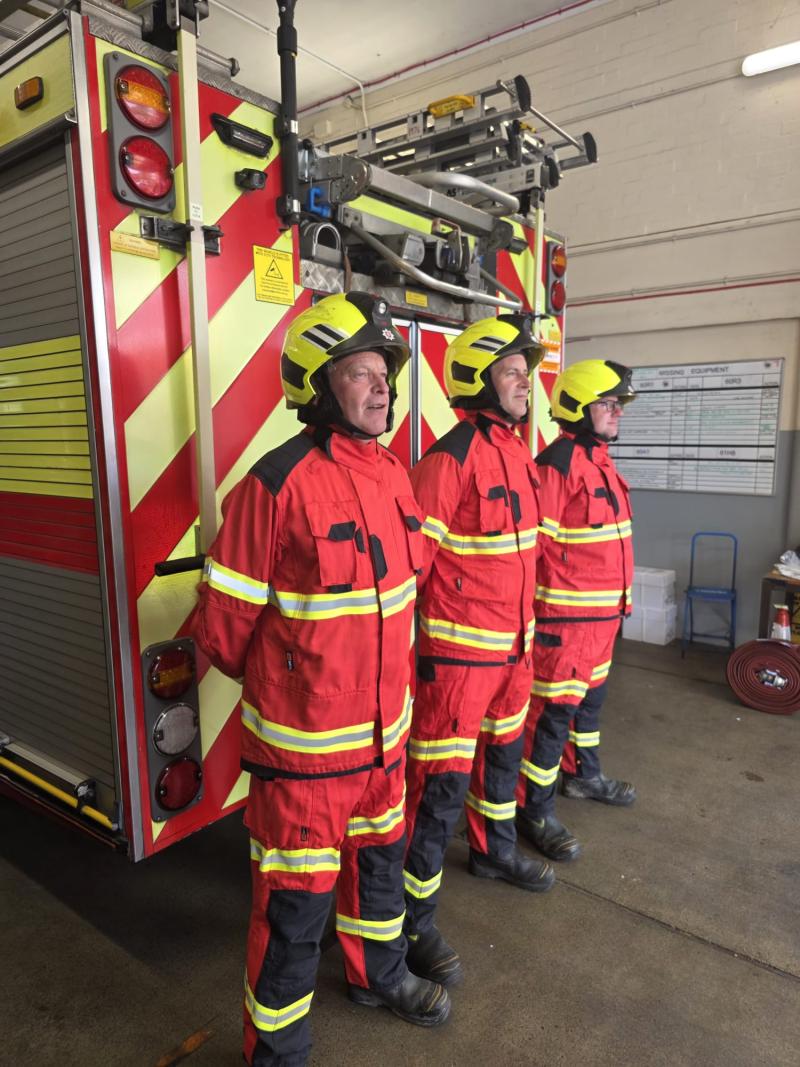New firefighting kit to enhance wildfire response and safety
05 June 2025
Kent Fire and Rescue Service (KFRS) responds to national wildfire rise with launch of innovative workwear to protect crews and help to keep the public safe.
Public, Seasonal safety
Firefighters responding to wildfires across Kent and Medway will be wearing the latest high-performing kit, specifically designed to offer greater protection when tackling outdoor fires in extreme heat.
Kent Fire and Rescue Service (KFRS) has rolled out the advanced personal protective equipment (PPE) to fire stations across the county, ahead of the summer months – when the risk of wildfires is significantly higher.
Unlike traditional PPE, which is thicker and heavier to shield crews against structural fire hazards, the new lightweight design is engineered for extreme heat while remaining breathable, which will help to reduce the risk of injury and heat fatigue.
The introduction of the new kit, which is part of a wider rollout across the country, comes after a national rise in wildfires - with UK figures growing from 240 incidents between January and April 2022 to 460 in the same period of 2025.
In the last three years, KFRS has attended 160 wildfire incidents, with the majority being accidental. Notably during the record heatwaves of 2022, Kent firefighters attended 69 wildfires in August alone.
Mark Gosling, Group Manager for Operational Development at KFRS, said: “Amid the UK-wide increase in wildfires, Kent is no different. Our commitment to public and firefighter safety is paramount, as shown through this vital investment in lightweight PPE.
“This latest roll-out of gear will allow our crews to respond quickly when tackling wildfires, reducing the physical stress and impact on wellbeing for firefighters operating through the intense heat of summer and fire.”
KFRS is also introducing new specialist wildfire vehicles to its fleet. The off-road vehicles, equipped with 240-litre water tanks, foam capabilities, wildfire blowers, and brush cutters, will allow crews to access and contain wildfires in remote and difficult terrain.

Mark added: “We’re committed to helping everyone to stay safe and we’re always looking at ways to enhance our operational response, but the public can help us to reduce the risk of wildfire, by;
- Discarding of cigarettes responsibly and safely
- Not leaving bonfires or barbecues unattended, and positioning them well clear of greenery or property
- Only barbecuing in designated areas, and ensuring it’s cold before being disposed of
- Taking your litter with you - glass and cans can ignite fires in dry conditions
- Avoiding lighting campfires in the countryside
“Remember, if you see a wildfire, move to a safe location and call 999 and ask for the fire service, giving the operator as much detail as possible, including location, size and terrain.”
news 18-06-2025
